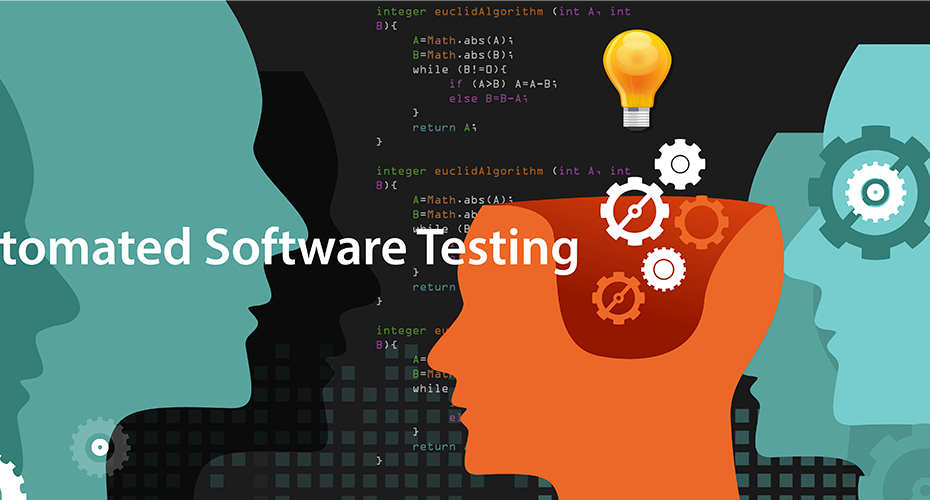
How Digital Transformation is Driving the Scope of QE

About 15 years ago, travelers used paper boarding passes to navigate airports and catch their flights. Now, we’ve gone almost completely digital. The ability to almost instantaneously access our flight information via our mobile devices and bypass printing kiosks has drastically changed expectations for users. But that’s not the only things digital transformation has altered.
The shift towards digital transformation has fueled the tech transformation movement. By integrating technology into different areas of business, organizations have been able to change the ways they operate and more importantly, how they deliver value to customers. These shifts have completely transformed quality engineering (QE) as we know it. It’s not just about assuring the functionality of the systems anymore, but delivering seamless experiences for customers at speed, regardless of device. A smart and connected end-to-end test automated environment is needed to keep pace with digital transformation.
The Push for Digital Transformation
Across all industries and companies, digital transformation is changing the way we leverage technology. The number of connected devices is exploding. More devices mean increased demand for more integrated experiences. Applications are being modernized and moving to the cloud. Automation and intelligence are everywhere.
Take healthcare, for example. Not only are cameras, sensors, and other devices monitoring our bodies from the outside, but IoT innovations are also going inside our bodies to investigate our wellbeing. These devices are gathering massive amounts of valuable data and relaying it back for real-time decision making.
Logistics has been heavily influenced by digital transformation in recent years. Companies like DHL are handling millions of packages a day with goods reaching their destinations with astonishing accuracy. Parcel tracking, fuel efficiency, vehicle temperature, and more are logged thanks to smart sensors and automation.
The education industry is also reaping the benefits from digital twin technology and transformation. It helps students in visualizing large and sophisticated equipment, simulation of chemicals, and costly experiments which they may not be able to perform due to cost limitations or unavailability of the required infrastructure and machinery.
How Digital Transformation is Driving Scope of QE
There are many characteristics of digital transformation that have pushed QE beyond traditional boundaries. The users have spoken, and they require connected experiences at speed.
Connected Experiences
The potential for disorder in systems is higher than it was in the past. Infrastructure, application, layers of technology, and data all add to the complexity of the system. Just as automation leads industry digital transformations, automation must also guide QE strategies. It’s not just about assuring the functionality of the systems, but accommodating the overall seamless, integrated experiences, across multiple digital devices and sensors.
Automating early can help cope with the development cycles and allow us to complete the testing very early to create a DevOps pipeline. So, we are working in agile and DevOps methodology where the testing can be executed from a regression and progression perspective, both together from an automation perspective.
We must look at the entire quality engineering lifecycle when it comes to automation. We need a holistic approach to automate not only the applications, but the entire quality engineering ecosystem. This outlook will help drive adoption of innovative approaches to augment the process. Additionally, a holistic approach to test automation can enable cost optimization, increased efficiency, improved application and data security, and help accelerate market readiness.
Time to Market
As quality remains important, time-to-market and cost for QE are also important considerations. In some cases, the expectation for the average release cycle can be reduced from months to weeks, or sometimes from weeks to days and days to hours. Remember the airport scenario from before? The old way of obtaining a boarding pass took minutes. Now with mobile devices, we’re talking about mere seconds. And with apps, response times are crucial—a good user experience could turn bad in sub-seconds! This is where the shift to agile in quality engineering comes into the conversation.
We are moving towards an agile mindset to increase time to market. An agile mindset focuses on the early delivery of business value, the continuous improvement of both the product and its processes, and the desire to deliver well-tested products that meet a customer’s needs. Companies that integrate an agile mindset are more likely to have excellent insights into how a project is progressing and, importantly, where any pain points will appear. In the fast-paced world of the connected society, that can often be the difference between success and failure.
The New Face of QE
We are moving towards an experience-based world. User experience is the most important metric by which we innovate. From a quality engineering perspective or a testing perspective, digital transformation has pushed QE beyond assuring functionality and test cases. We must ensure that when things go live, it is delivering a great experience across devices and platforms. Great experiences make happy customers, and happy customers convert more business for organizations.
Apexon offers end-to-end quality engineering consulting services addressing strategy, assurance, and testing. To get in touch with our experts, check out the Apexon Quality Assurance page or get in touch directly using the form below.
Also read: Innovating at Scale: How We Leveraged AWS Elastic Beanstalk for Agile Development
Also read: Is Shift Left in Testing the Same for Greenfield and Brownfield Projects?

